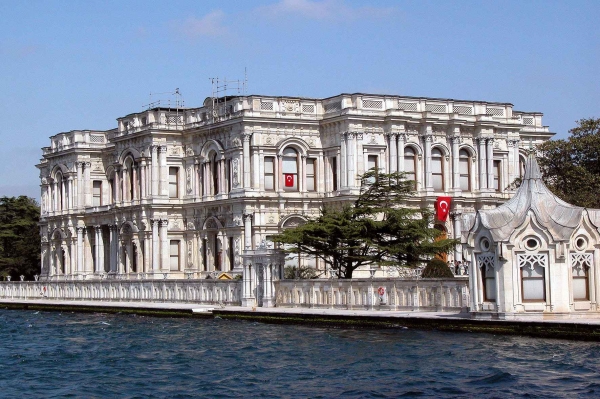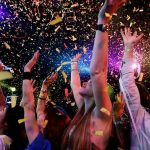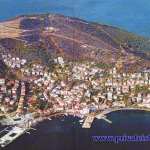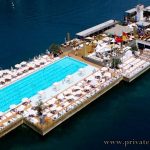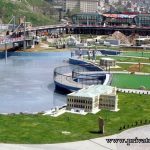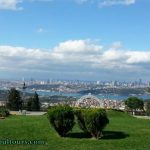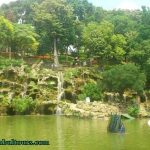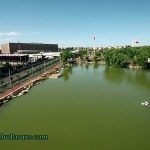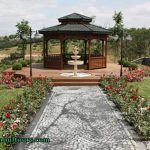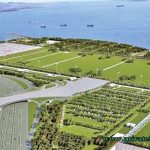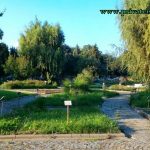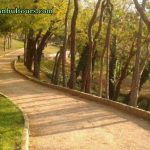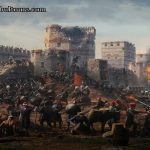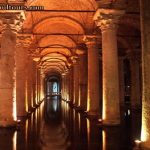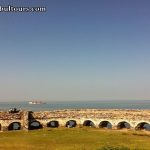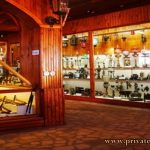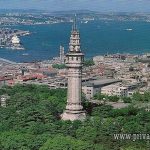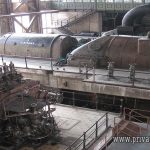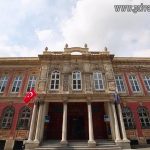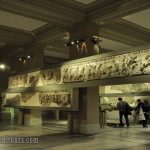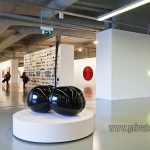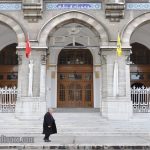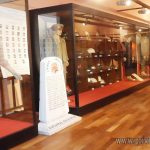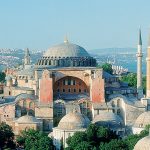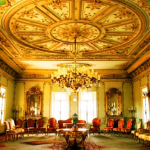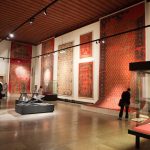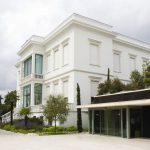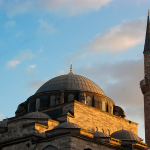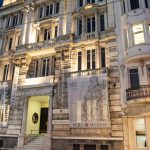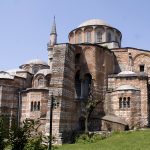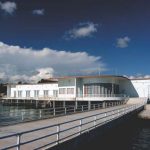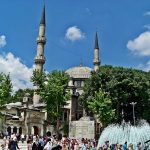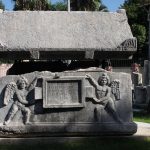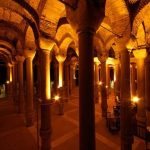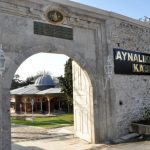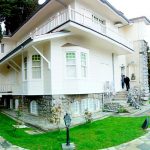Beylerbeyi Palace is located in Beylerbeyi district of Üsküdar district of Istanbul. Beylerbeyi neighborhood is one of the oldest settlement areas of Istanbul. The palace is located in a historic area by its location. The settlement area is based on the Byzantine period. It is known that there are green areas known as İstavroz Bahçeleri in the area where the palace is located in this period. It is thought that this name is given because there is a giant cross planted by Emperor Constantin in Istavroz Garden. The palace was built in 1861-1876 at the request of the Sultan Sultan Abdulaziz.
It was designed and designed as a guest house to accommodate the resting place of Ottoman sultans and foreign rulers and heads of state. The construction of Beylerbeyi Palace started on 6 August 1863. The opening ceremony was held on 21 April 1865. Serkiz Bey and Ebniye-i Şahane Ser kalfası undertake all responsibility for the construction. The responsibilities of financial and administrative affairs are given to Rıfat Efendi, Mahmud Efendi and Mehmed Efendi. The palace was found to cost almost 500 thousand Ottoman lira.
Architecture
The palace building consists of a two-storey carved structure built on a high basement. The structure, which is built on a rectangular floor, covers an area of 2500 square meters. The northern part of the palace was designed and arranged as the Valide Sultan Circle, and the southern portion as the Mabeyn-i Humayun Circle. The two floors have 1 bathroom, 1 bath, 24 rooms and 6 lounges. The Beylerbeyi Palace, built with the combination of eastern and western synthesis, carries the main features of the Turkish house. The main structure of the palace was designed with a plan based on the sofa motif. The diagram at Beylerbeyi Palace is divided into three sections.
These sections are; Valide Sultan’s Office, Mabeyn-i Humayun, Bed Office. The Valide Sultan Circle was built as a separate building from the main structure of the Palace, which was built after the ikballere and the female masters. This structure has not come up to daylight. The entrance part of Mabeyn-i Hümayun is the part where the Neo-Baroque accent is most prominent. It has also been observed that delicate selections have been made in the arrangements used in the interior part of the palace. The interest and passion of Sultan Abdulaziz, the architect of the Beylerbeyi Palace, is located in certain parts of the palace. In certain parts of the palace’s ceiling there are ships and sea themes. In the palace, writing and painting ornaments, gold workmanship and various embroidery products adorn each side. The windows of the palace are designed as rectangles.


